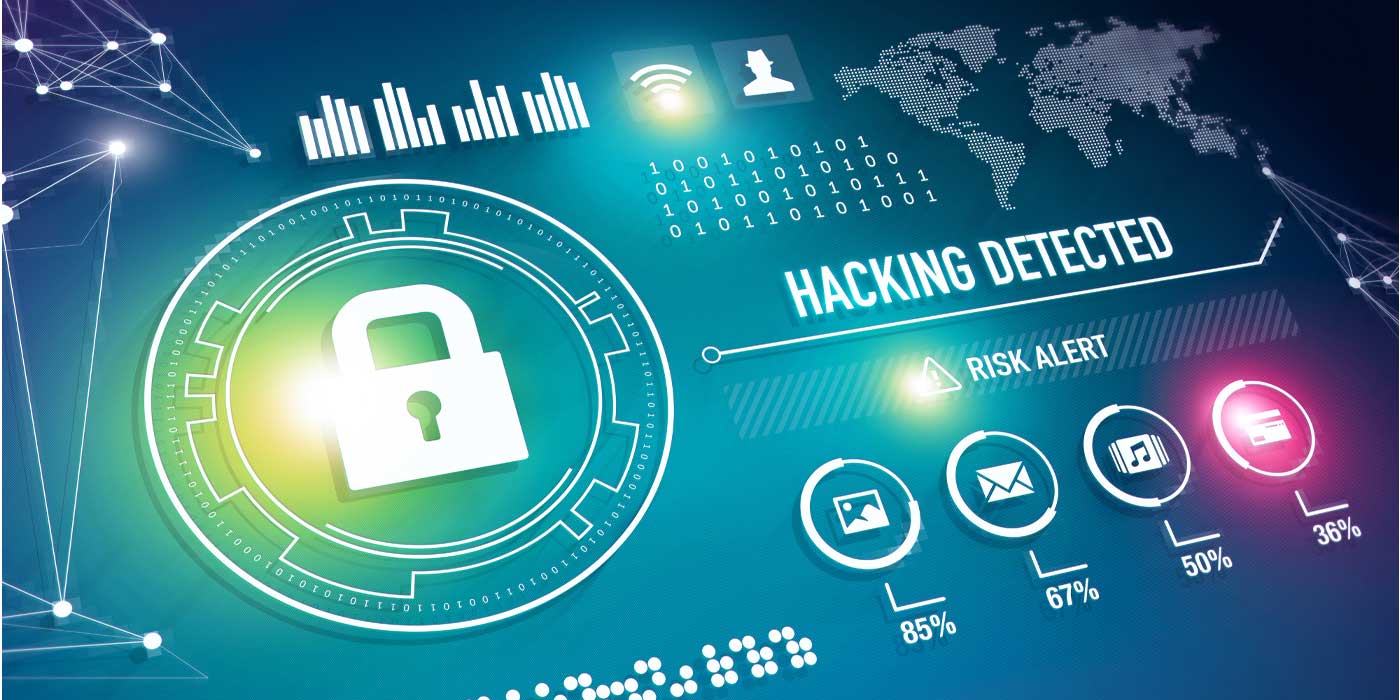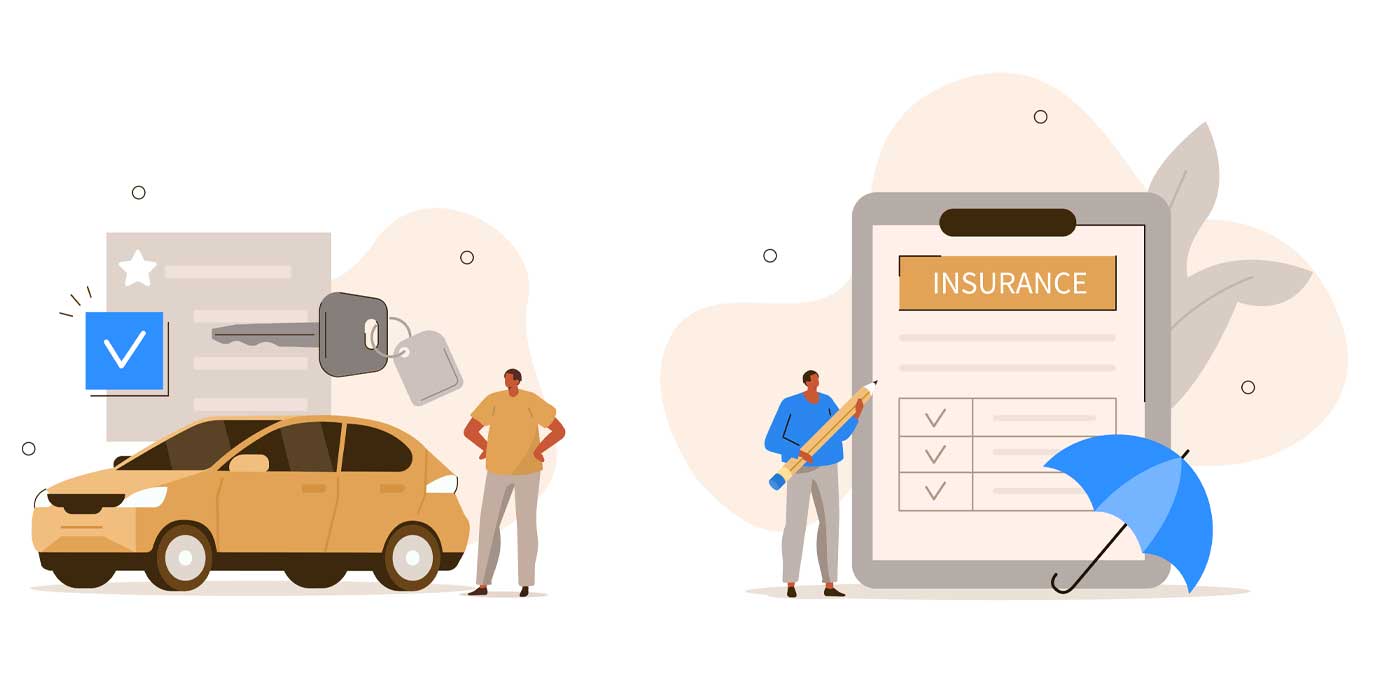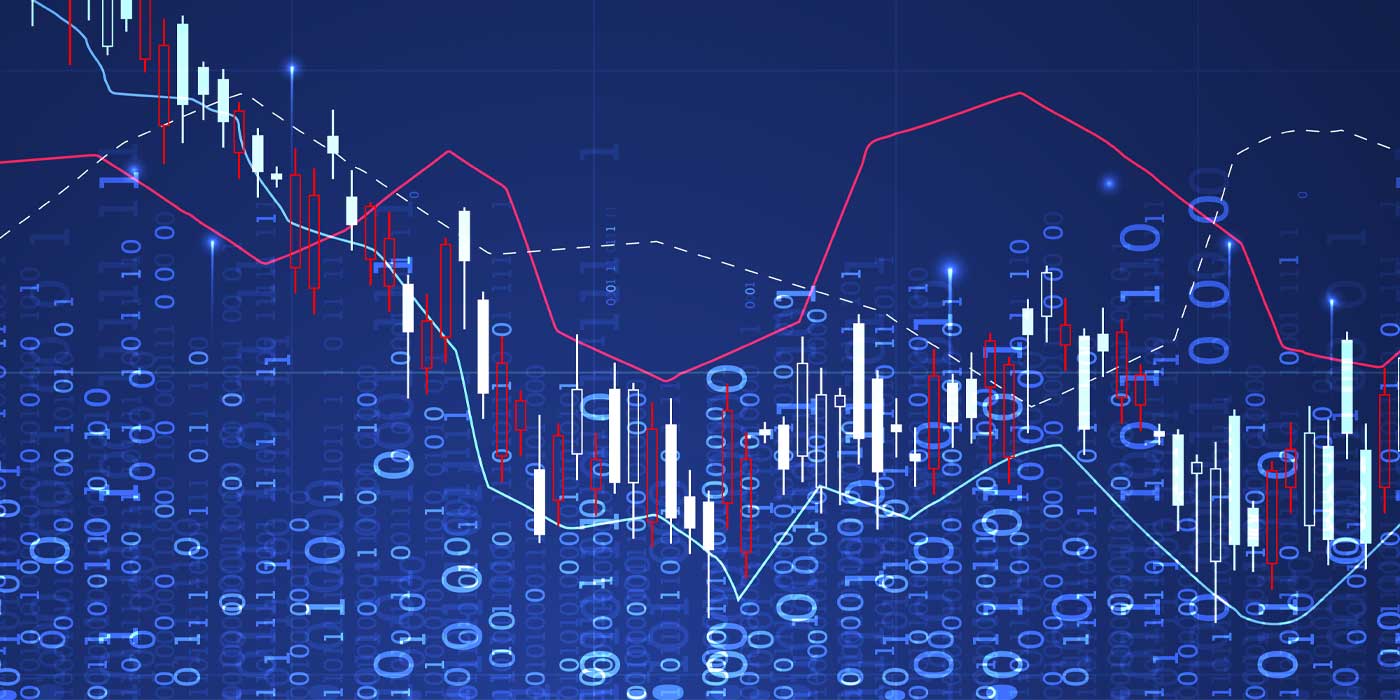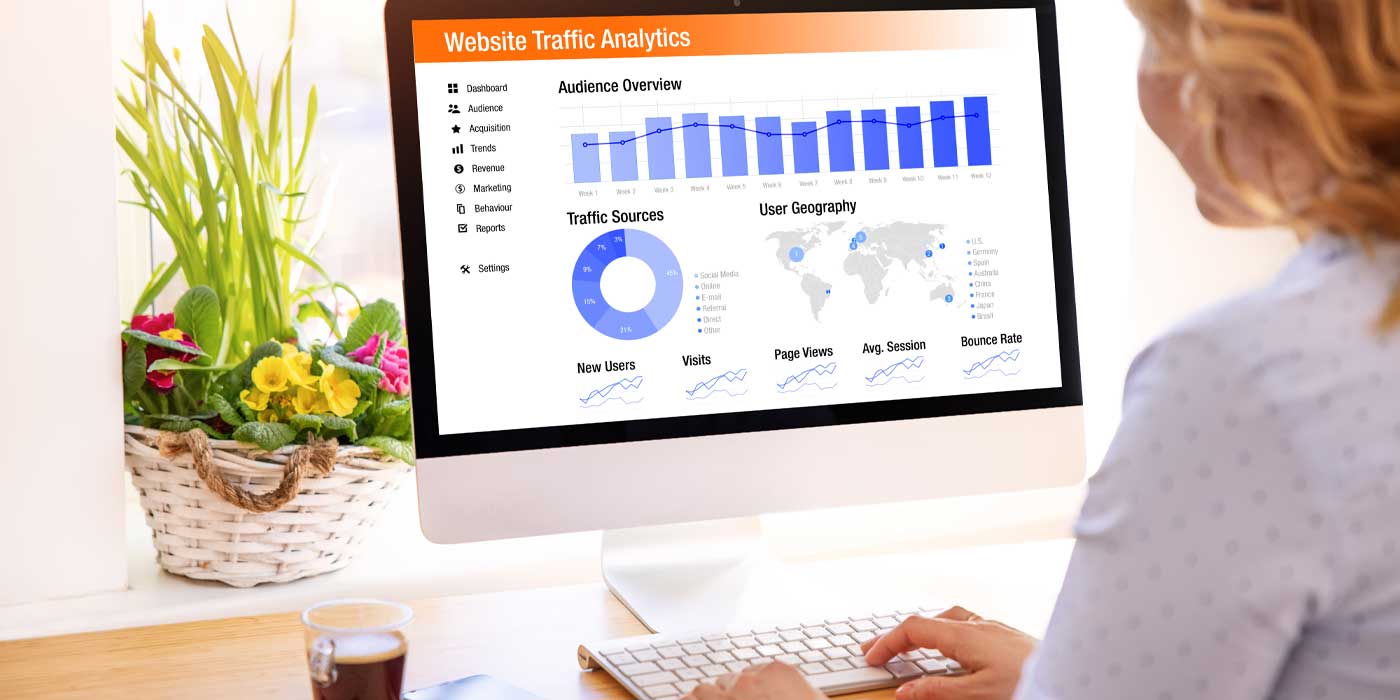So why should a new car dealer in Duluth or Toledo care about earthquakes in Japan? Supply chain disruptions, that’s why. April’s twin earthquakes that struck Japan’s Kyusho island — killing dozens, destroying buildings and displacing thousands of local residents from their homes — also disrupted parts supplies to a Toyota/Lexus plant and caused a two-week halt to production at Honda’s Kumamoto plant and Nissan’s Kyushu plant.
Further back, who can forget the images of the earthquake-spawned tsunami that hit Japan in 2011? That single event caused a supply “chain reaction” that lead to bulletins like these:
General Motors will suspend production at its Shreveport, Louisiana assembly plant starting Monday because of a parts shortage stemming from the earthquake in Japan. The move appears to mark the first North American assembly plant to be idled because of the Japanese disaster. The plant makes the Chevrolet Colorado and GMC Canyon compact pickups
While exports from pan-Asian countries can greatly affect manufacturing and service operations worldwide, an equally devastating effect on the automotive industry would be felt with any disaster on the opposite side of the “Ring of Fire.”
The Ring of Fire is the largest and most active geologic fault line in the world, stretching from New Zealand, all around the east coast of Asia, over to Canada and the U.S and all the way down to the southern tip of South America.
There have been numerous deadly earthquakes this year alone across the Ring of Fire, including in Japan, Peru and New Zealand and the discovery of a massive tear above it will only increase fears that a huge tremor is on its way. NOAA and researchers from Australia are growing more concerned about the increase in seismic activity. As I write this article, Australia’s Northern Territory experienced yet another 6.7 magnitude earthquake.
The South Pacific is not the only portion of the Ring of Fire with recent activity. The San Andreas Fault, which runs 800 miles through California, could zip open for the “Big One,” according to a recent article published in The Wall Street Journal.
Experts say should a powerful earthquake strike, it would cause extensive damage to millions of homes and commercial buildings along its path. But the risk depends on where and when a building was built. Such a “state side” disaster would cause more than supply chain issues — nevermind ports being shut down and rail and roadways coming to a halt. The bigger risk for the North American dealership not directly effected in this scenario would be access to capital and an overall economic slowdown.
While those of us in the risk management and insurance business can help our clients consider the need to keep their own facilities covered for such a direct loss (through products such as business interruption insurance and earthquake coverage), there is no real insurance product out there to offset supply chain disruptions due to far-off disasters. There are four key points that all dealerships should consider when contemplating “Ring of Fire” risk management.
- Are your facilities correctly insured for catastrophic earth movement (earthquake) coverage? I am not just speaking to those of you in California. The Midwest’s New Madrid fault is thought by experts to be way overdue for a large earthquake that could affect cities like St. Louis, Missouri and Memphis, Tennessee. Talk to your insurance professional about the earth movement or Earthquake “peril” on your building policy(ies). There are fault lines under Wilmington, North Carolina and around the Great lakes that are a risk, as well.
- Review your business income coverage —This is a time-element coverage that “does for the business what the business would have done for itself had a loss not occurred.” You probably have this coverage now for fire, weather or other disaster, but does is cover the peril of earthquake? Also, do you have an available endorsement for “off-premises power failure”?
- Have a plan for global events, not just a disaster plan for a disaster that affects your area — What if the supply chain is greatly affected (western ports, rail, etc.)?Does your management team have a plan to slow or shutter facilities and to maintain employment opportunities for staff affected by a slow down?
- Round out the P & L – Consider your operation and its fixed versus variable operations. How well can you maintain your business with few or no new cars or access to parts? Do you have the ability to “switch gears” and acquire enough inventory to sell more pre-owned?
Many dealers in coastal areas have had to think about a catastrophic hurricane and how to handle the potential of a disaster in their area. With the recent seismic activity, it is worth a discussion with your insurance professional and management team even if you are not in an earthquake-prone area.













